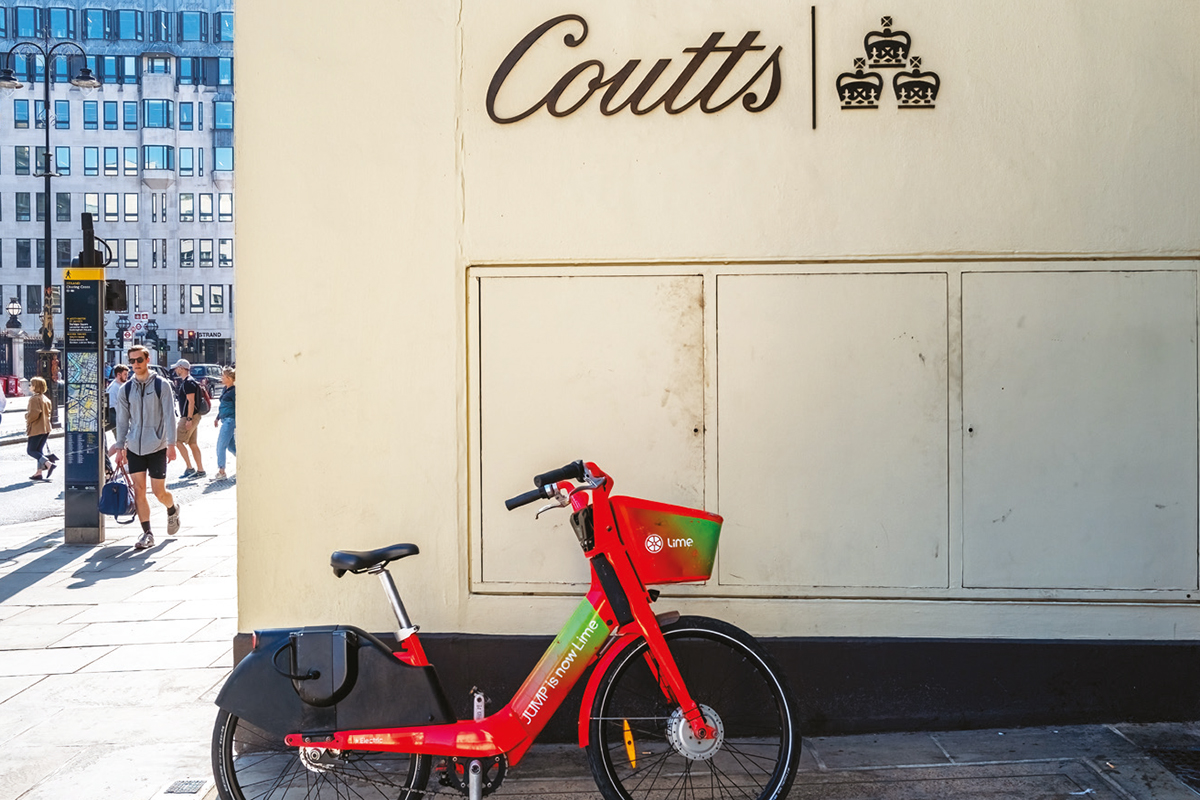
In an era where sustainability and environmental responsibility are paramount, businesses must seize the opportunity to make a positive impact. Business finance lender, Let’s Do Business Finance, has collated some helpful suggestions on where to start on your green journey and how you can leverage funding to get there
By harnessing funding effectively, organisations can propel themselves towards achieving net zero emissions and become beacons of sustainable practices.
Where to start
When starting your net zero journey, it is recommended that first you put down on paper a statement of what it is you want to achieve with your improvements. Do you have a goal in terms of a timeline, achievement, or progress, and what are you going to do to get there? This is something you can update, and refer back to as you go to help keep you on track. Once you have this in place it is also then recommended to take measurement s of your baseline and current emissions, so that you have a clear starting point.
If you’re new to the concept of calculating your business’s carbon footprint, your baseline and current emissions can be considered as the same thing. Essentially, they refer to the measurement of greenhouse gases generated by your business directly and indirectly. These emissions encompass various factors such as general operations, office heating, fuel consumption during distribution, and even emissions resulting from your workforce commuting to the workplace or working remotely.
Understanding your carbon footprint is valuable as it allows you to identify your business’s contributions to climate change. By grasping this number, you can explore ways to reduce your emissions and potentially offset them. Moreover, you can use this measurement as a reference point going forward to ensure that your business is progressing in the right direction.
You can find numerous helpful resources online that guide you through the process of calculating your baseline and current emissions, such as the one provided by Green Small Business.
https://greensmallbusiness.com/product/carbon-footprinting-package
How business funding can get you started
Implementing major changes in your business operations doesn’t come cheap, and payback on this investment can take time to come to fruition. To bridge the gap, businesses could utilise business finance, in particular the Government backed ‘Recovery Loan Scheme’.
The Recovery Loan Scheme (RLS) is a financial initiative first introduced by the government in April 2021 to support businesses in recovering from the economic impact of the COVID-19 pandemic. Now on its third iteration, the scheme now focusses on providing businesses with access to finance to facilitate their growth through investment.
The loans, which are available from £1,000 up to £2m can be used for purposes such as managing cash flow, investment in equipment or machinery, business expansion, and working capital requirements.
As accredited business support partners of British Business Bank, Let’s Do Business Finance can provide RLS loans of up to £150,000 and, in the past 12 months, has seen a vast increase in these being used for making advances to net zero.
An example of this is Essex-based large graphic printer KGK, who utilised funding to kickstart its testing and launch of a brand new eco-range – a marine fabric created from plastic bottles gathered from the ocean, and also funded 20% of the cost of a new high-tech printer, which KGK found to benefit their bottom line as well as the environment.
How could RLS funding help me achieve net zero?
• Investing in green infrastructure
Investment in renewable energy sources, such as solar, wind or geothermal power. By transitioning to clean energy infrastructure, companies can significantly reduce their carbon footprint, while also benefiting from long-term cost savings and increased operational efficiency.
• Embracing energy efficiency
Businesses can utilise funding to adopt more energy-efficient technologies and practices, which are pivotal in achieving net zero emissions. By upgrading equipment, implement-ing smart building systems, and improving energy management, companies can substantially reduce energy consumption, optimise resource usage, and ultimately lower greenhouse gas emissions.
• Innovating sustainable supply chains
Businesses can transform their supply chains into environmentally conscious networks. By supporting suppliers that prioritise sustainable practices, organisations can reduce emissions associated with transportation, packaging, and waste. Additionally, funding can be allocated to research and development efforts aimed at developing eco-friendly materials, circular economy models, and sustainable packaging solutions.
• Nurturing employee engagement
Allocating resources to training programmes, workshops, and awareness campaigns, businesses can empower their workforce to actively contribute to the net zero mission. Engaged employees can drive sustainable practices within the organisation, fostering a culture of responsibility and innovation.
• Tracking and reporting progress
Funding can support the implementation of robust monitoring and reporting systems, ensuring transparency and accountability in achieving net zero goals. By investing in accurate data collection, analysis, and reporting mechanisms, businesses can demonstrate their progress to stakeholders, shareholders, and customers. This transparency fosters trust and builds a positive reputation as an environmentally responsible organisation.
By harnessing the power of funding, businesses can navigate the path to net zero emissions and align their strategies with a sustainable future. It’s not only an opportunity to safeguard the planet but also a chance to enhance competitiveness, attract conscious consumers, and secure long-term success. Together, let’s embrace this transformative journey towards a net zero world.
To find out more and apply for RLS funding, visit www.letsdobusinessfinance.co.uk/recovery-loan-scheme





